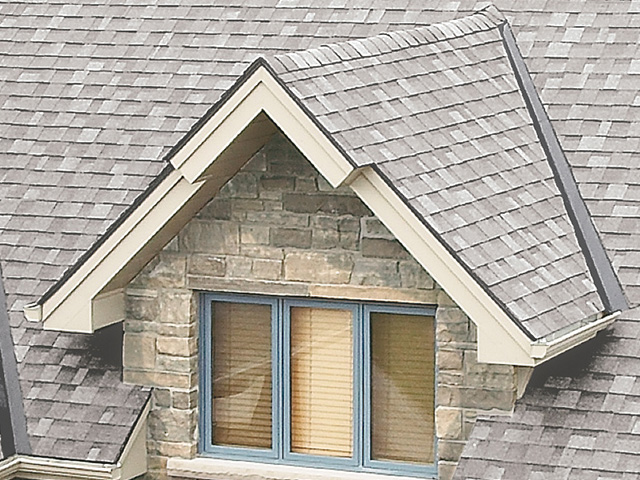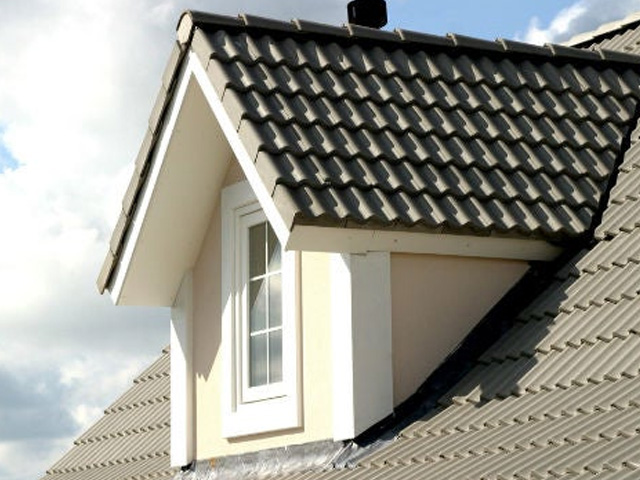A home’s protection relies on the roof’s structure and strength. A dormer, or an exterior window, is often built on a roof to add beauty to the architecture.
However, capping where the dormer meets the roof is important to ensure the roof is robust enough to withstand seasonal changes. A ridge cap is installed to add to the strength of a roof.
If you are a homeowner or a builder, you might have wondered why capping is important for roof strengthening.
However, in the case of a dormer, a roof ridge is where a dormer meets the roof. We look at the importance of capping where the dormer meets the roof.
Why is Capping where Dormer Meets the Roof Important?
Most residential roofs are typically sloped, and most people prefer to add a dormer window to enhance the beauty of this sloped roof.
A ridge cap is where a dormer structure meets the roof and is designed to protect the roof against harsh wind and snow.
A dormer window is a gateway through which air can circulate into the house; hence, its capping is an important aspect of ensuring proper circulation.
Capping or roof ridge capping is mainly done for the protection of the dormer roof, but here are some of the reasons why ridge capping is so important:
- A ridge capping is designed to prevent rainwater from entering the lower parts of the dormer roof or the sloping area where the dormer is connected to the roof.
- Ridge capping ensures that debris and dirt do not enter the lower dormer roof levels, as they can cause.
- A roof ridge makes sure that the roof structure stays safe and preserved
- Roof ridges are connected at joints, which means that it deliver an even construction design that is aesthetically pleasing
- The ridge capping on the dormer is essentially done to uphold the entire structure of the dormer–an absence of ridge capping can crumble the entire dormer structure
- The ridge capping installation ensures proper air circulation in the house through the dormer window. In cases where a house gets too hot, the roof ridge cap makes sure the air is continuously exchanged through the dormer window into the house
- As the house enjoys a constant circulation of air, thanks to ridge capping, it allows the house to become more energy-efficient as it is prevented from getting too warm and stuffy
- Ridge caps prevent insects and small animals from entering the dormer window
How is Capping where Dormer Meets Roof Done?
To prevent leaking, capping, or putting asphalt over roof shingles or capping must be done properly and accurately.

Here is the process of capping a roof ridge where a dormer meets a roof:
Step 1: Ensure Safety First
Capping a roof ridge over a dormer window is a tough and risky task.
This is important as heat is required to bend the ridge cap over the top of the dormer roof. Before starting the capping process, ensure safety by choosing a warm, sunny day.
Step 2: Estimate the Dormer Ridge’s Orientation
To protect your dormer against harsh winds and rain, determine which part of the dormer ridge receives the least wind.
This part is where you will attach your first ridge cap, and its orientation can be determined by estimating the north/south or east/west orientation.
Step 3: Install the first ridge cap
Now that you have determined the orientation and direction of the roof ridge that you will install on the dormer, you can start by covering the bottom of the ridge cap with cement.
Place it on the corner of the ridge at the end of the dormer roof. Bend the ridge so that it covers the entire connecting point.
Now, nail the ridge in place approximately 5 ½ inches from the ridge and almost 1 inch above the edge of the shingle.
Step 4: Continue by overlapping the ridge caps.
Once the first ridge cap is placed, continue the process of the ridge capping.
Overlap the net ridge cap approximately 5 inches from the edge of the first one.
Doing so will cover the first nail that was put in place. Continue the nailing pattern (5 ½ inches from the end and 1 inch from the bottom).
Step 5: Continue the nailing process
Carry on with the nailing process from the edge to the end of the dormer roof.
Conclusion
A dormer is designed to provide beauty and protection to the house against high winds and rain.
Due to the importance of roof ride, where a dormer meets the roof, capping is done to ensure secure binding of the roof ridge.
Moreover, when proper binding of capping where the dormer meets the roof is done, the robustness and strength of the dormer roof are guaranteed.

Arthur is a skilled roof worker with over 10 years of experience in the industry. He started his career as an apprentice and worked his way up to become a foreman.
When he’s not working on roofs, John enjoys with his family or writing posts. He is also a passionate cyclist.

